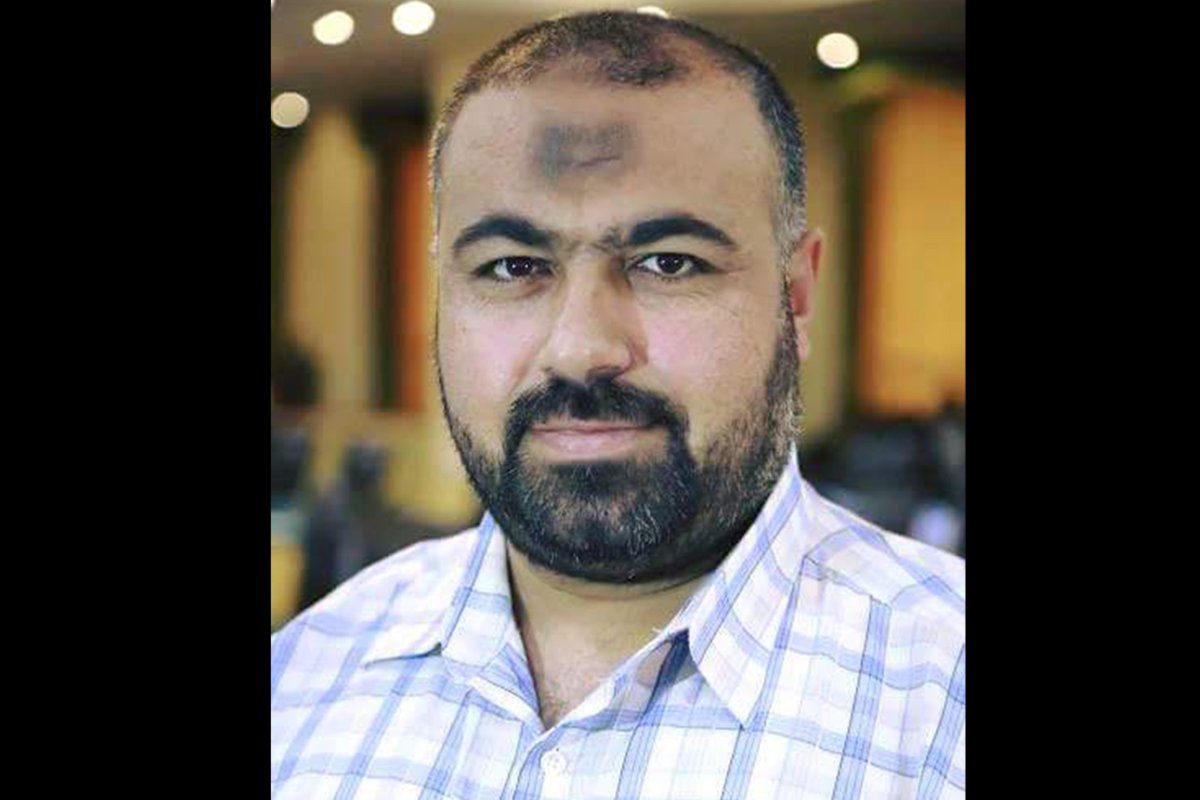A ceasefire brokered by four international mediators took effect in the Gaza Strip on Tuesday afternoon, ending two days of violence which started when Israel assassinated a senior Hamas commander during an incursion by Special Forces, an act to which the Palestinians retaliated. The Israelis killed seven Palestinians and wounded 26, while one senior Israeli officer was killed and 90 others were wounded; most of them, said the Israeli media, sustained light wounds.
Israeli army sources said that the Palestinian resistance in the Gaza Strip fired 460 rockets, and the “Iron Dome” air defence system intercepted just 100 of them. The rockets caused damage in a number of facilities in the illegal Israeli settlements around Gaza, as well as in the coastal city of Ashkelon. Meanwhile, the Israeli occupation forces carried out 160 air strikes on Palestinian targets, including residential buildings, resistance sites and government offices.
The first barrage launched towards Israel consisted of more than 200 rockets within less than three hours. This set the rules of the game and the Israelis dealt with the issue according to the new parameters. The Israeli media said that this was the largest barrage ever launched at the Zionist state and that it pushed Prime Minister Benjamin Netanyahu to cut short an important visit to Paris and return to convene his security cabinet. Its meeting was the largest held as ministers decided how to deal with the escalation.
READ: Netanyahu forgets prayers for world peace to make war on Gaza
Israel was obliged to tone down its military activity, ignoring the anger of the illegal settlers, who took to the streets and burnt tyres in protest at the ending of the offensives against Gaza without eradicating the Palestinian Islamic Resistance Movement, Hamas.
“The ceasefire is a tremendous achievement for the Palestinian resistance because it succeeded in changing the rules of engagement,” explained Dr Saleh Al-Naami, an expert in Israeli affairs. “This seems to be the start of a new era in which the occupation authorities will think twice about threatening to use its armed forces against Gaza. Such an option has now become very costly for Israel.” He pointed out that the resistance continued to fire rockets at Israel until the last minute before the ceasefire. “This will consolidate its position in the middle of talks to reach a long-term truce agreement with Israel as it gave Netanyahu a hint about what will happen if the talks fail.”
![Many have lost all their homes and belongings due to last night's airstrike. 13 November 2018 [Mohammed Asad/Middle East Monitor]](https://i0.wp.com/www.middleeastmonitor.com/wp-content/uploads/2018/11/2018-10-13_GAZA-STRIKE4O6A2457.jpg?resize=1200%2C800&ssl=1)
Many have lost all their homes and belongings due to Israel’s air strike. 13 November 2018 [Mohammed Asad/Middle East Monitor]
“Our new deterrence strategy is targeting buildings in Gaza and destroying them completely,” a senior air force officer told Israel’s Channel 20 TV. That is exactly what the air strikes set out to do, and the Israelis destroyed eight high rise buildings in the besieged enclave, although Israeli commanders now realise that the Palestinian resistance is able to do the same thing inside Israel; one building was damaged and another was completely burned in settlements around Gaza, while a high rise building was damaged in Ashkelon.
READ: In breach of human rights, Netanyahu supports the death penalty for Palestinians
The destruction of tunnels under the nominal border with Gaza since 2014 has pleased Israeli officials and made them think that they have damaged the strike capabilities of the resistance groups. While waiting for a new round of attacks against Gaza, they were surprised that the home-made Palestinian rockets are more precise and effective than ever, and that there are enough available to allow more than 400 to be fired within a 24 hour period.
Although a lot of reports in the Western media reflected their clear pro-Israel bias, the reality is that it was Israel which broke the ceasefire. This fact was stressed by Hamas spokesman Ismail Ridwan when he responded to calls for the movement to stop firing rockets at Israel.
Indeed, Hamas refused to accept any ceasefire terms unless the international community guaranteed that Israel will not violate them. According to Israeli Channel 10 TV, one Western diplomat said that Norway, the UN, Egypt and Qatar were involved in the efforts to bring about the ceasefire.
Maariv reported that senior Israeli officers in the military backed an end to the attacks on Gaza, including the chief of staff, the head of military intelligence and internal security, the head of the Mossad spy agency and the chief of the National Security Council. Israel, they agreed, had to decide whether to continue with its offensive or stop. “But if we decide to continue, Hamas rockets will hit Tel Aviv and we will ask ourselves why we didn’t stop our attacks.”
Commenting on the cabinet decision, Moti Yogev MK said: “Hamas changed the rules and achieved victory without harming its leaders.” Deterrence against Hamas, he added, was not achieved.
“The resistance in Gaza,” noted a spokesman for the Islamic movement, Sami Abu Zuhri, “imposed the equation of blood for blood and buildings for buildings.” New rules of engagement are in place.
The views expressed in this article belong to the author and do not necessarily reflect the editorial policy of Middle East Monitor.


![An injured Palestinian receives medical care after Israeli forces fire at Palestinians on the 15th marine protests in the Gaza Strip on 5 November 2018 [Mohammed Asad/Middle East Monitor]](https://i0.wp.com/www.middleeastmonitor.com/wp-content/uploads/2018/11/Scored-injured-in-Gaza-sea-protestsc14.jpg?fit=1200%2C800&ssl=1)









